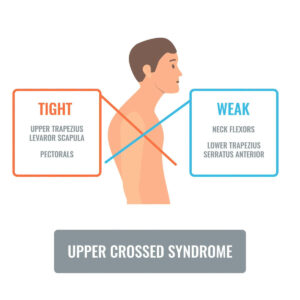Free download: Top 10 Natural & Easy Remedies for Joint Pain from Home. Learn these helpful remedies.
Estimated Reading Time: 4 minutes read
Are you tired of feeling like a rusty hinge whenever you try to reach for something on the top shelf? It can be debilitating and make everyday tasks a struggle. But don’t worry; we’ve got your back (or your shoulder).
Exercise is the magic elixir that can help alleviate that pain and get you back to reaching for the stars (or at least that jar of pickles on the top shelf… Wait, why would you put that heavy jar on the top shelf?… Hmm….).
Regular exercise can help reduce inflammation, improve mobility, and increase muscle strength.
However, it’s important to take the proper precautions before starting an exercise routine and be mindful of your body during the exercises. So put down the pickles for now, and let’s get moving!
Table of Contents
How Exercise Helps Shoulder Arthritis
Exercise can help shoulder arthritis in several ways. It helps to reduce inflammation and pain, increases the range of motion, and improves muscle strength.
When it comes to shoulder arthritis, it is crucial to focus on exercises that target the rotator cuff muscles and the muscles surrounding the shoulder blade.
Precautions Before Exercising with Shoulder Arthritis

Before you begin exercising, it’s essential to consult a healthcare professional to be sure that the exercises you choose are appropriate for your condition. Your healthcare professional may also recommend modifying exercises based on your pain levels.
Exercise Routine for Shoulder Arthritis
As you do these exercises, it’s important to keep your shoulder blade pulled back and down. This will help engage the muscles surrounding the shoulder blade, which can help alleviate pain and improve mobility.
1. Pendulum
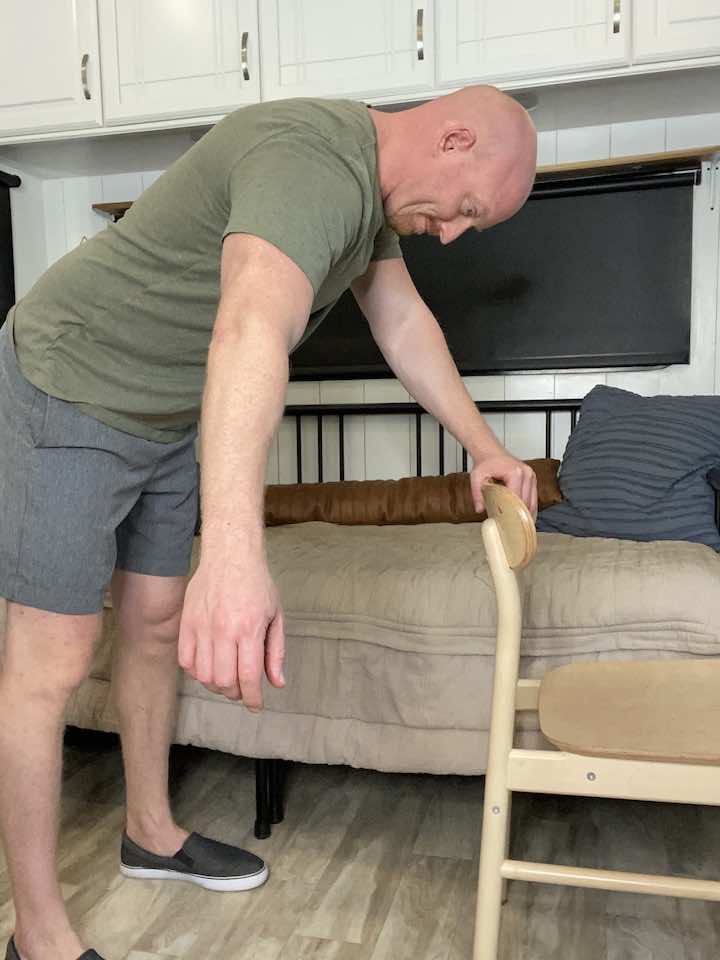
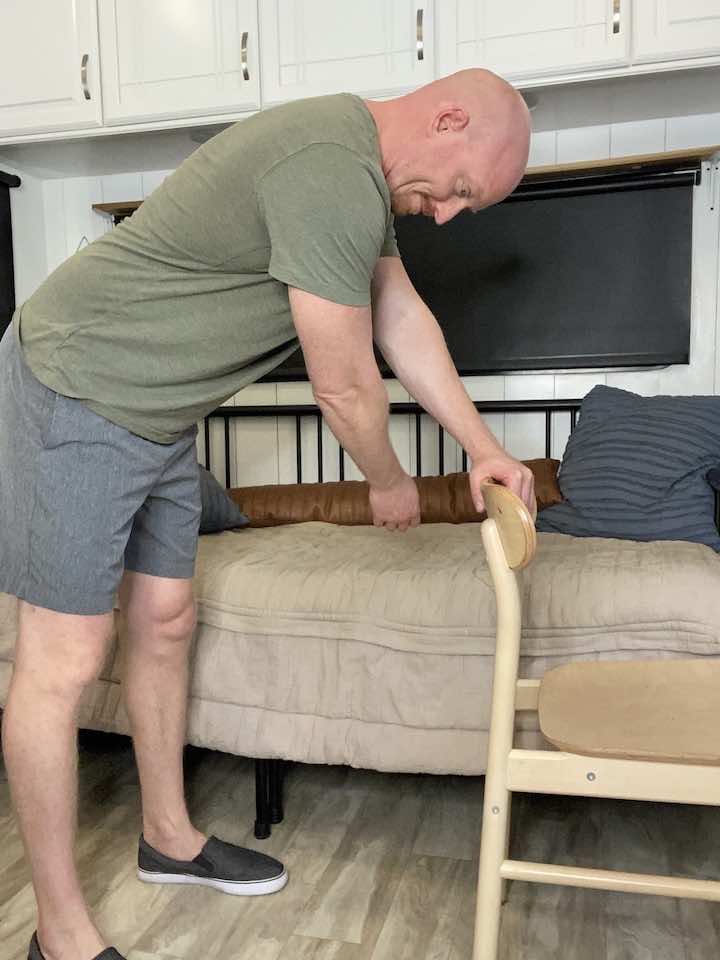
- Standing with good posture, lean forward slightly and let your affected arm hang down.
- Gently move your arm in small circles, gradually increasing the size of the circles over time.
- Do this for 30-60 seconds.
2. Crossover Arm Stretch
- Stand with your feet shoulder-width apart.
- Cross your affected arm over your chest and hold for 15-30 seconds.
- Repeat on the other side.
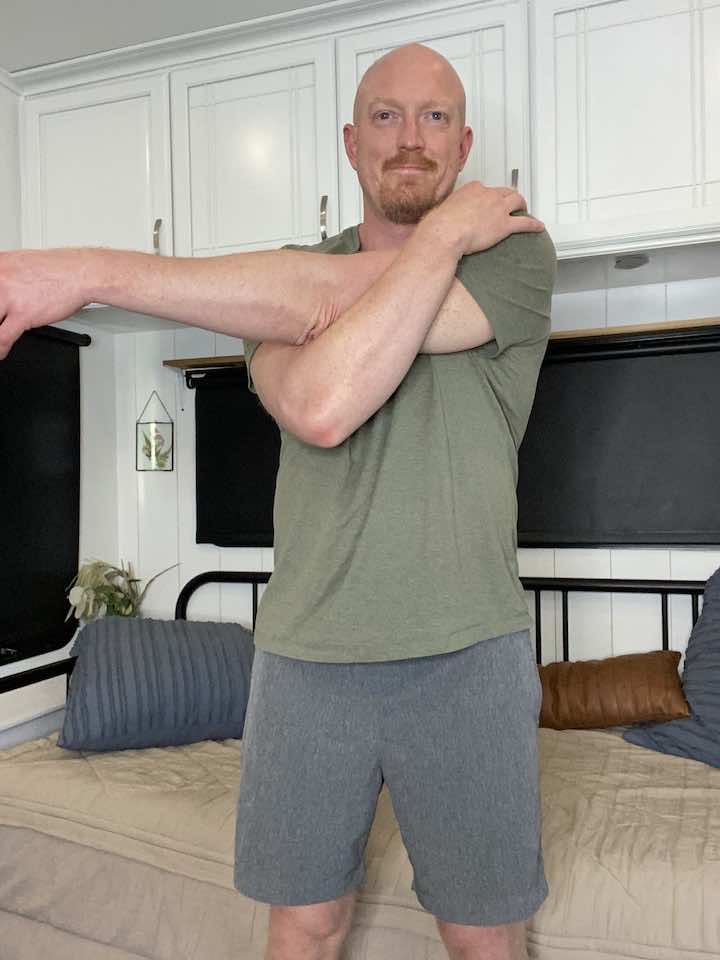
3. Active Internal Rotation


- Sit in a chair and hold a lightweight (1-3 lbs) with your affected arm.
- Keep your elbow at your side and rotate your arm inward as far as is comfortable.
- Hold for 15-30 seconds and repeat on the other side.
4. Active External Rotation


- Sit in a chair and hold a lightweight (1-3 lbs) with your affected arm.
- Keep your elbow at your side and rotate your arm outward as far as is comfortable.
- Hold for 15-30 seconds and repeat on the other side.
5. Wall Crawl

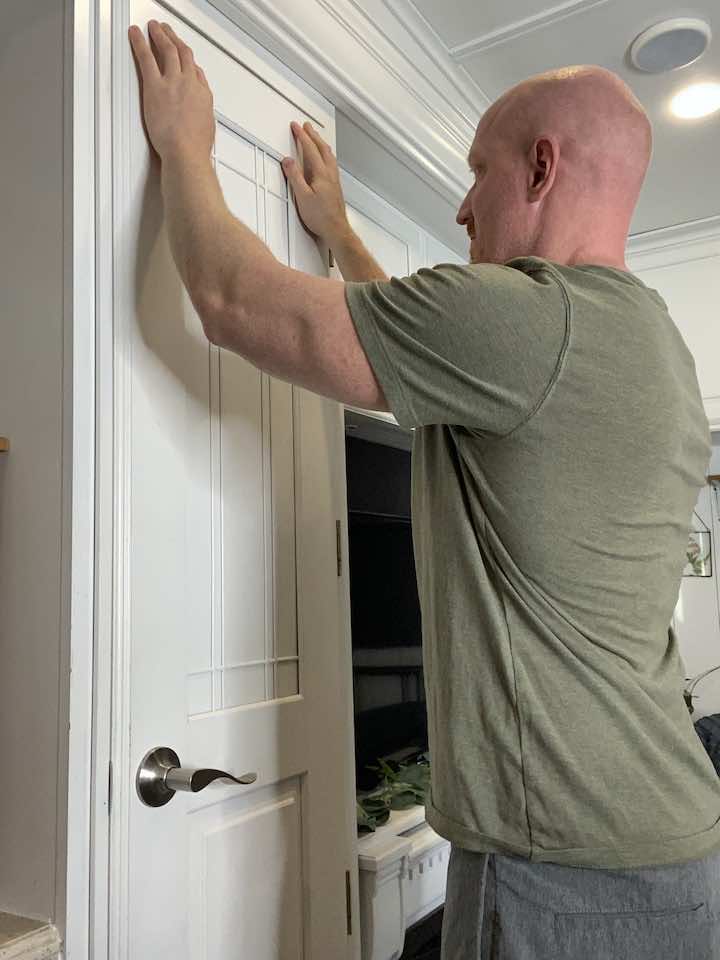
- Stand facing a wall and place your hands on the wall at shoulder height.
- Slowly crawl your fingers up the wall, keeping your elbows close to your sides.
- Hold for 15-30 seconds and repeat.
6. Wall Push Up


- Stand facing a wall and place both hands directly on the wall at shoulder height.
- Slowly push away from the wall, keeping your elbows close to your sides.
- Hold for 15-30 seconds and repeat.
7. Shoulder Elevation Stretch


- Stand with your feet shoulder-width apart.
- Slowly raise your affected arm up to the side as far as is comfortable.
- Hold for 15-30 seconds and repeat on the other side.
Safety Considerations
It is important to always listen to your body and stop the exercise if you experience pain. It is also recommended to start with lower weights and gradually increase as your strength improves.
Conclusion
Exercise is an effective way to manage pain and improve mobility for older adults with shoulder arthritis. You can improve your quality of life and maintain independence with proper exercise.
It is essential to consult with a healthcare professional before starting an exercise routine and to take appropriate precautions. Always listen to your body and stop any exercise that causes pain.











